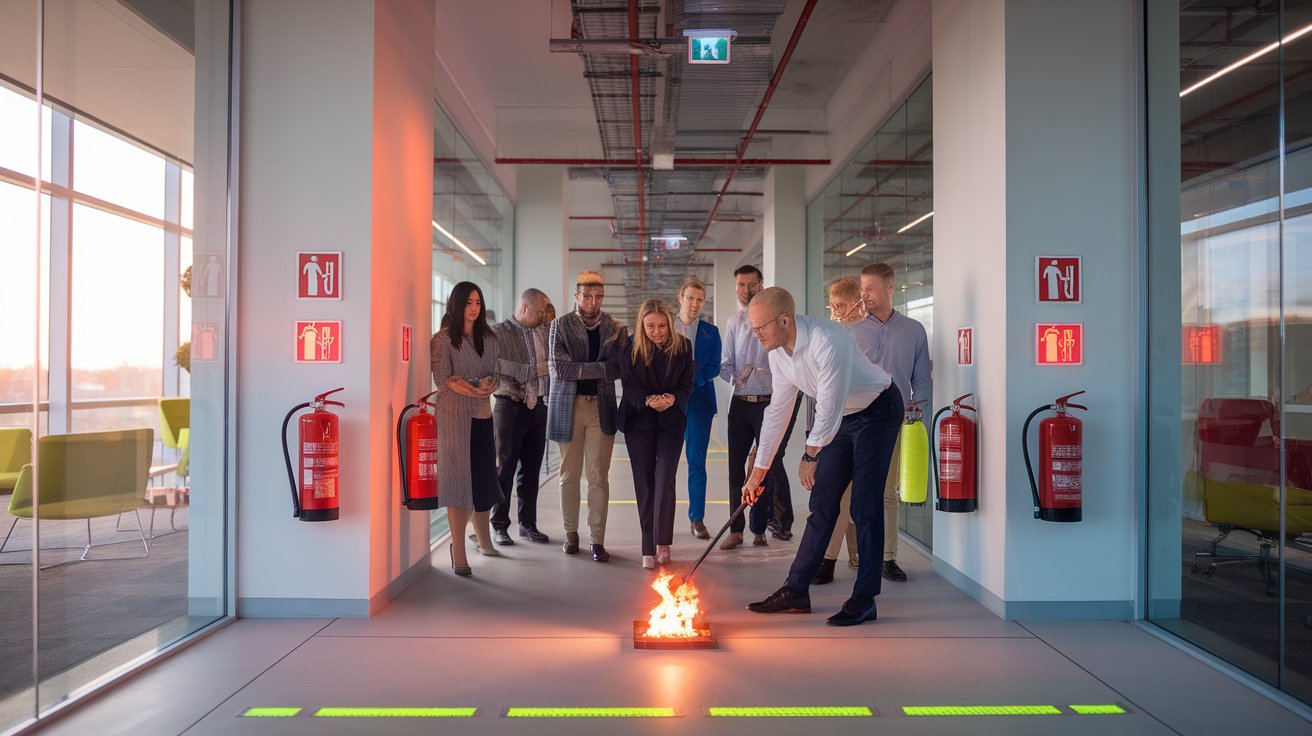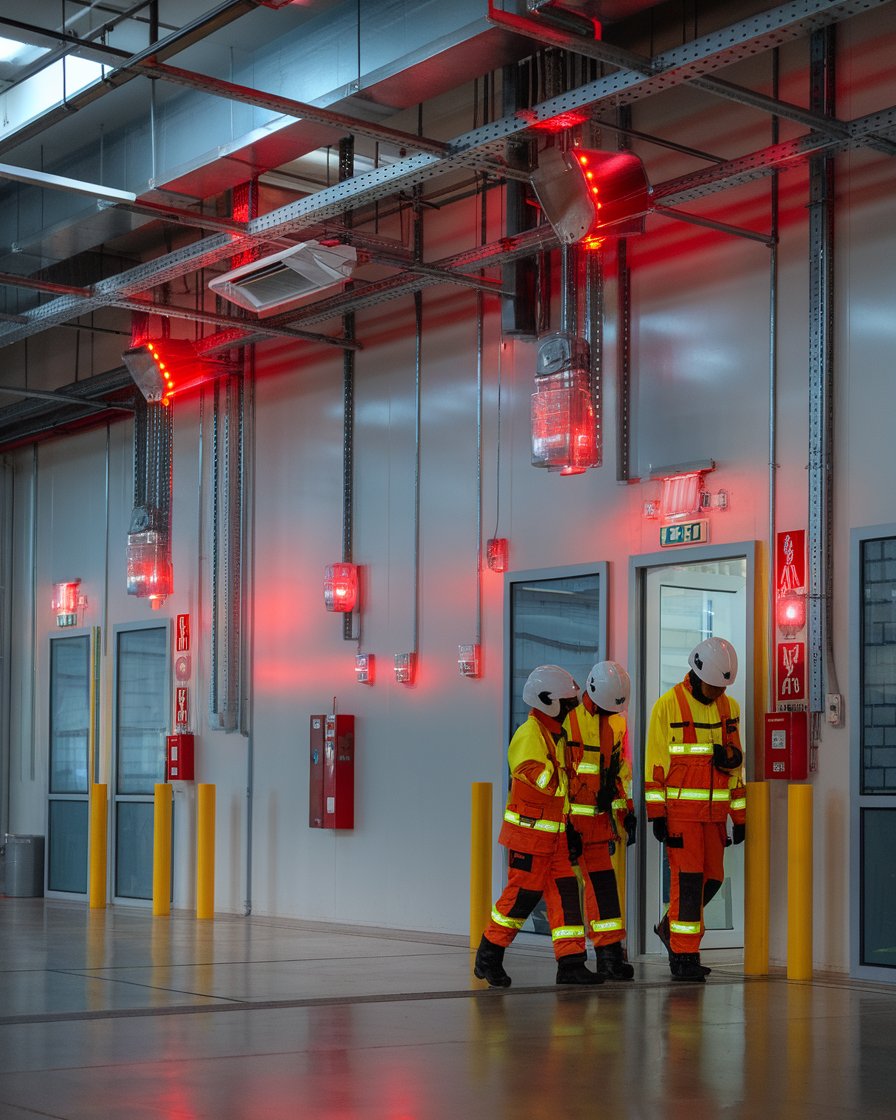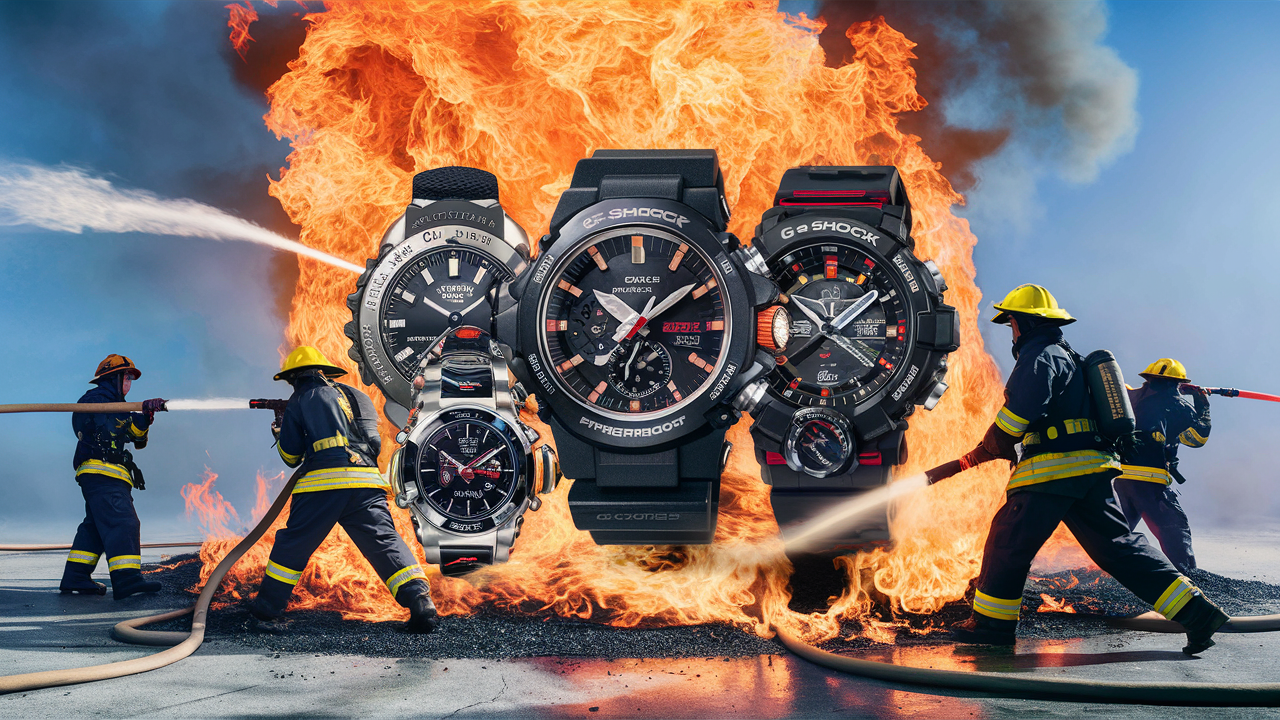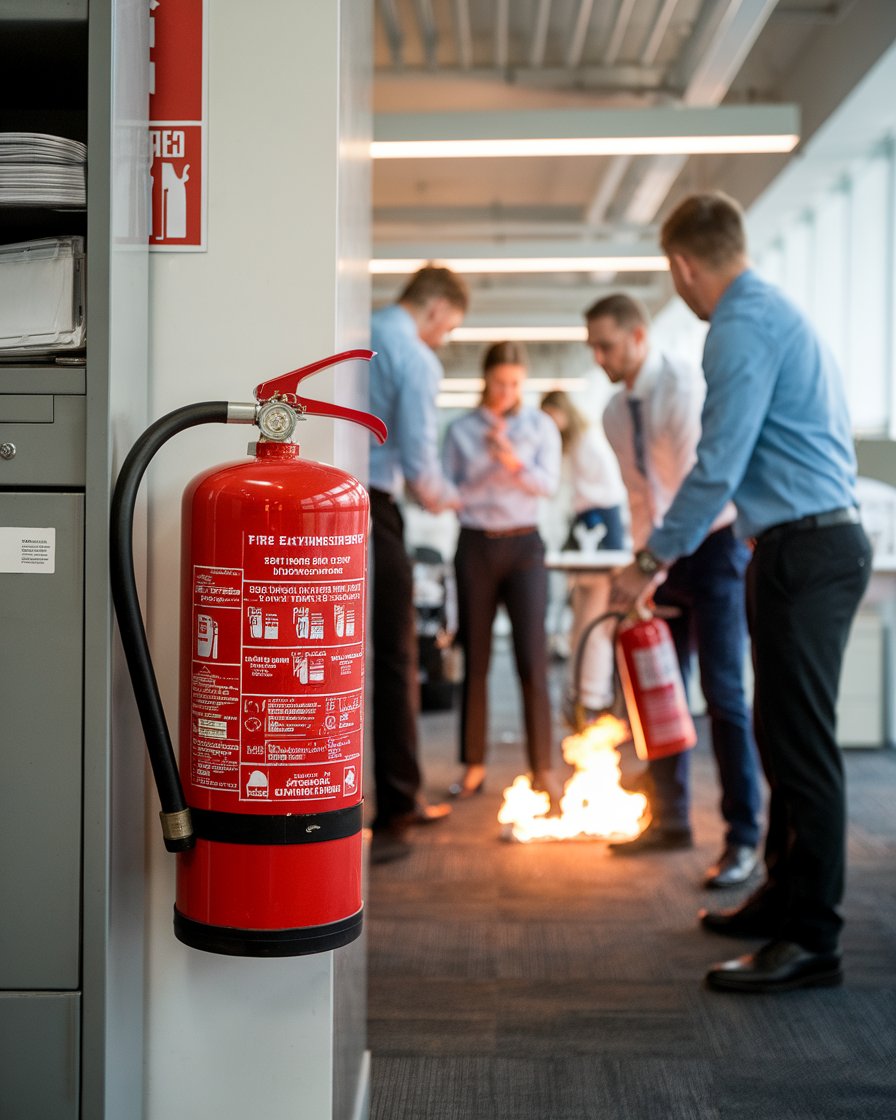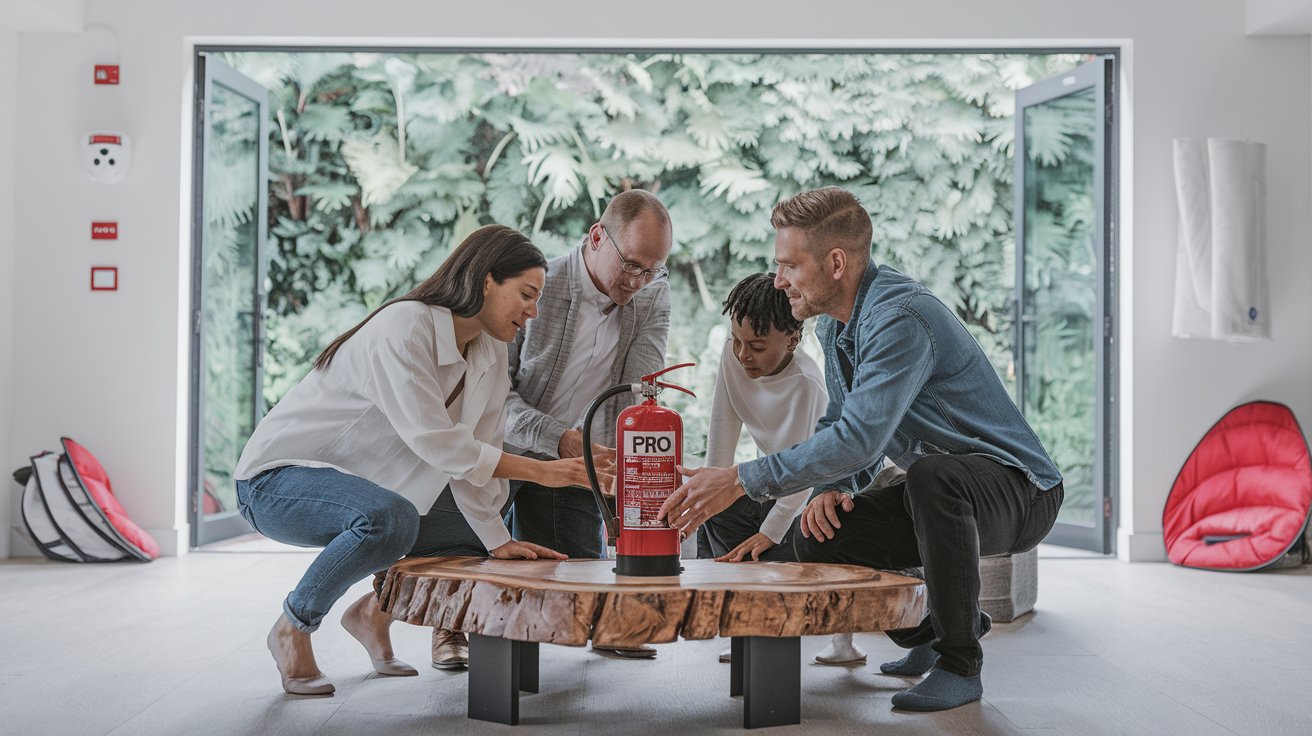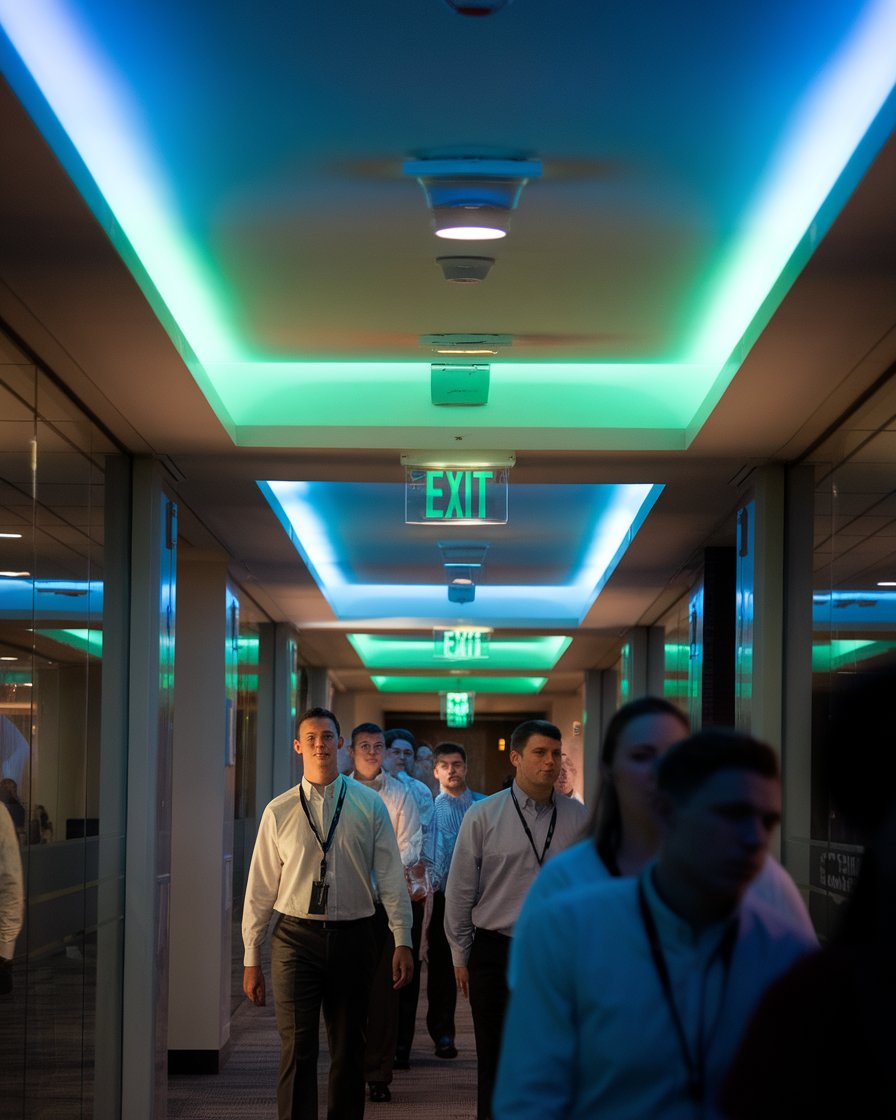Introduction
Fire safety is a critical concern for every workplace, and having the right fire equipment can mean the difference between a small incident and a catastrophic event. From types of fire extinguishers to emergency lighting, businesses need to follow a comprehensive guide for proper preparedness. Ensuring safety in the workplace involves placing fire extinguishers, emergency lights, and safety signage in the right locations, allowing for a smooth evacuation in the event of a fire. It’s essential for every business to regularly maintain and check their fire safety systems, such as cabinet-stored equipment, carbon dioxide extinguishers, and visual alarms.
Fire safety training is another key element in ensuring that employees know how to respond to emergencies. Having a range of fire safety tools, including powder fire extinguishers and glow-in-the-dark signage, can significantly enhance fire safety efforts. Proper training ensures that employees can smother fires and use workplace fire safety equipment correctly. Regular system testing, such as checking batteries in emergency lighting and alarms, is vital for keeping everything ready and functioning in case of an emergency.
Key Takeaways
- Fire alarms and smoke detectors are essential for detecting fires early and enabling safe evacuation, minimizing potential harm.
- Different types of smoke detectors, including photoelectric and ionization, are tailored to address various fire situations effectively.
- Interconnected fire alarm systems improve workplace safety by ensuring simultaneous alerts, enhancing evacuation efficiency.
- Fire extinguishers provide immediate suppression of small fires, with specific classifications designed for different fire types.
- Regular fire safety training and maintenance of fire extinguishers ensure employees are prepared and equipment is operational.
- Sprinkler systems, when paired with professional guidance, are crucial for preventing fire spread and protecting lives and property.
Critical Fire Alarms and Smoke Detectors
Fire alarms and smoke detectors are critical components of any comprehensive fire safety plan. Their primary purpose is to detect fires early and give people enough time to evacuate, minimizing the risk of harm. In every workplace, the right fire detection equipment, combined with regular fire safety measures, can mean the difference between saving lives and losing property. Properly installed smoke detectors, paired with clear fire exit signage, provide peace of mind for business owners. Ensuring that fire alarms are placed strategically throughout the premises, especially in high-risk areas like warehouses and factories, is essential to minimize danger in the event of an emergency.
Right Fire Safety Equipment and Gears Every Workplace Needs
-
Fire Alarms and Smoke Detectors
Fire alarms and smoke detectors are fundamental to any workplace fire safety plan. These devices are designed to detect fires at an early stage, giving employees time to evacuate. Strategically placing alarms and detectors in high-risk areas, such as factories and warehouses, ensures optimal coverage. It is essential to choose the correct type of smoke detector—photoelectric for smoldering fires or ionization for fast-flaming fires—based on the workplace environment. -
Fire Extinguishers
Equipping your workplace with the appropriate type of fire extinguisher is crucial for small-scale fire suppression. Class A extinguishers are suitable for ordinary combustibles, while Class B extinguishers handle flammable liquids. For electrical fires, Class C extinguishers are necessary, and specialized Class K extinguishers are required for commercial kitchens. Ensure fire extinguishers are accessible and employees are trained on their proper use. -
Interconnected Fire Alarm Systems
An interconnected fire alarm system enhances safety by ensuring all alarms activate simultaneously when one detects smoke or heat. This system is particularly beneficial in large workplaces where immediate alerts are necessary. It improves the chances of a coordinated evacuation and ensures everyone in the building is informed. Regular testing and maintenance of these systems are essential for consistent reliability. -
Emergency Lighting and Exit Signage
Emergency lighting and clear exit signage are critical for guiding employees to safety during a fire emergency, especially in smoke-filled or low-visibility environments. Ensure glow-in-the-dark signs and battery-powered emergency lights are installed along escape routes and exit doors. Regularly test these systems to ensure they remain functional during power outages. -
Fire Safety Gear
Workplaces in high-risk environments, such as industrial sites, should have additional fire safety gear, including fire blankets, heat-resistant gloves, and respirators. Fire blankets are particularly effective in smothering flames on small fires or clothing, while gloves and respirators provide protection during evacuation or firefighting efforts. -
Fire Safety Training and Drills
Ensuring that employees are well-versed in fire safety procedures is just as important as having the right equipment. Regular fire safety training and evacuation drills are essential to keeping everyone prepared in case of an emergency. Businesses should establish clear protocols, train staff on how to use fire extinguishers, and ensure familiarity with fire exits and safety procedures.
Types of Smoke Detectors
Smoke detectors come in various types, each serving a different purpose in fire safety. Photoelectric detectors are known for their sensitivity to smoldering fires, making them ideal for detecting slow-burning flames that could go unnoticed. Meanwhile, ionization detectors respond quickly to fast-flaming fires, providing an early warning in situations where flames spread rapidly. Heat detectors are also commonly used in areas prone to false alarms, such as kitchens or garages, where dust or steam may interfere with traditional smoke detectors. These options ensure comprehensive workplace fire safety by covering all bases.
Interconnected Fire Alarm Systems
Interconnected fire alarm systems play a vital role in workplace fire safety. By connecting multiple alarms, they ensure that when one detects smoke or heat, all alarms in the building activate simultaneously. This greatly increases the likelihood of a swift and organized evacuation, especially in large buildings where alarms may not always be audible throughout. Business owners should regularly test and maintain these interconnected systems to ensure they function correctly. Visual and audible alarms, along with proper signage and fire exit routes, are also critical elements that help reduce the risk of injuries during emergencies.
Fire Extinguishers for Initial Suppression
Fire extinguishers are essential tools for controlling small fires before they become larger and more dangerous. Every workplace should be equipped with the appropriate fire safety equipment, including fire extinguishers, to protect both lives and property. A fire extinguisher serves as the first line of defense in case of an emergency, allowing individuals to act swiftly before the fire spreads. It’s crucial to understand the types of extinguishers available and to stock the right one in each location. From office spaces to kitchens, proper placement of fire safety equipment and clear fire exit signs can greatly reduce the risk of fire hazards and improve workplace safety.
Case Study: Effective Use of Fire Extinguishers in a Manufacturing Facility
In 2018, a fire broke out in a manufacturing facility in Chicago, Illinois, due to an electrical malfunction. The fire started small but had the potential to spread rapidly throughout the facility, which housed flammable materials. Fortunately, the facility was equipped with the proper fire safety equipment, including strategically placed Class C fire extinguishers near electrical panels and machinery.
The employees, who had undergone regular fire safety training, quickly identified the source of the fire and used the extinguishers to smother the flames before they could escalate. The immediate action taken by the trained staff not only prevented significant property damage but also safeguarded the lives of all personnel. This incident highlights the importance of having the right fire extinguishers in place and ensuring that employees are trained to respond swiftly during emergencies.
Classifications of Fire Extinguishers
Fire extinguishers come in several classifications, each designed to handle specific types of fires. Class A extinguishers are used for fires involving ordinary combustibles like wood, paper, and cloth. Class B extinguishers are essential for fires caused by flammable liquids such as gasoline, oil, and solvents. For electrical fires, Class C extinguishers are required to prevent further damage. Class D extinguishers are unique in their ability to tackle fires involving combustible metals, typically found in industrial settings. Lastly, Class K extinguishers are critical in commercial kitchens to handle fires caused by cooking oils. Knowing the appropriate fire extinguisher for each situation ensures that you can act swiftly and safely in an emergency.
Training and Maintenance Requirements
Providing employees with proper training on how to use fire extinguishers is a fundamental aspect of fire safety. Regular training sessions, combined with health and safety education, ensure that staff members are prepared in case of a fire emergency. Maintenance is just as important as training—fire extinguishers must be checked regularly to ensure they are in working order and positioned in easily accessible areas. Business owners should conduct regular risk assessments to determine if additional fire extinguishers or safety equipment, such as first aid kits or fire blankets, are needed. These practices help safeguard lives and property by fostering a proactive approach to fire safety.
Sprinkler Systems for Fire Suppression
Sprinkler systems are an essential part of any fire suppression strategy, designed to minimize the spread of fire and reduce the risk of extensive damage. These systems activate automatically during a fire, releasing water to extinguish the flames and prevent them from spreading to other parts of the building. Every workplace needs the right fire safety equipment, including sprinkler systems, to protect both lives and property. Incorporating proper fire safety measures, such as sprinkler systems, improves overall preparedness in case of an emergency. By strategically placing these systems throughout key locations in the building, businesses can ensure that fire risks are minimized, providing peace of mind for business owners and employees alike.
Types of Sprinkler Systems
There are several types of sprinkler systems, each suited for different fire hazards and environments. Wet pipe sprinkler systems are the most common, holding water in the pipes at all times for immediate release when triggered by heat. Dry pipe systems, on the other hand, are filled with pressurized air and are typically used in colder environments to prevent pipes from freezing. Pre-action systems offer an additional layer of protection by requiring a secondary trigger, such as a smoke detector, before releasing water. Deluge systems are used in high-risk areas like warehouses or industrial plants, where large amounts of water need to be delivered quickly to control fast-spreading fires. Understanding these different types helps in choosing the right system for your specific fire safety needs.
Consulting with Professionals for Selection
When selecting the right sprinkler system, consulting with fire safety professionals is vital. Experts can conduct a fire risk assessment to evaluate the unique needs of your building or workplace. They consider factors like the building’s layout, potential fire hazards, and the types of materials present to recommend the best system for comprehensive fire protection. They can also ensure that fire escape routes and safety signage are properly marked and that the sprinkler system integrates with other fire safety essentials like alarms and extinguishers. Professional guidance helps businesses implement effective fire safety solutions that enhance overall protection and preparedness, reducing the likelihood of extensive fire damage.
“Fire is a good servant, but a bad master.” – Sir Francis Bacon
Emergency Lighting for Visibility
Emergency lighting is essential in fire emergencies, ensuring that occupants can safely evacuate when normal lighting fails due to smoke or power outages. This system provides critical illumination, helping guide people through darkened areas and highlighting fire exit routes. In the event of an emergency, well-placed emergency lighting increases the chances of a safe and orderly evacuation. Every workplace should include reliable emergency lighting as part of its comprehensive fire safety equipment. It’s also crucial to regularly maintain and test these systems to ensure they function properly when needed, enhancing safety for both employees and visitors.
Locations for Installation
Strategic placement of emergency lighting is vital to ensure clear visibility during an evacuation. Exit doors should be illuminated with glow-in-the-dark emergency exit signs, and pathways, such as hallways and stairwells, need sufficient lighting to guide people to safety. Critical areas, including assembly points and areas where fire extinguishers and other fire safety equipment are stored, should also have emergency lighting to ensure occupants can locate essential fire safety resources quickly. These fixtures should be installed in key locations throughout the building, providing the safest route to exit regardless of whether the main power supply has been cut off or not.
Backup Battery Systems
Backup battery systems are essential for maintaining the functionality of emergency lighting during power outages. These systems automatically activate when regular power is lost, ensuring that emergency lights remain operational in critical moments. It’s crucial for business owners to test their backup batteries regularly, as failures could compromise the safety of the evacuation process. Batteries should be checked weekly, and any expired components must be replaced immediately. This routine maintenance guarantees that the emergency lighting system can perform effectively when needed, securing a safe exit for all occupants and minimizing the risk of injury during a fire.
Conclusion
In conclusion, ensuring comprehensive fire safety in the workplace requires having the right fire equipment and systems in place. From different types of extinguishers to emergency lighting with glow-in-the-dark exit signs, every business must focus on preparedness. Proper placement of document storage cabinets and fire extinguishers in key areas enhances overall safety, while tested weekly maintenance of equipment ensures everything works when needed most.
When it comes to fire safety, regular employee training and system checks, including co2 extinguishers and lockable cabinets, help mitigate risks. Businesses should stay proactive by integrating alarms and red LED technology into their safety plans to guarantee visibility and clear escape routes during an emergency. By combining reliable fire safety tools with routine inspections, businesses can create a safer environment, protecting both lives and property from the dangers of fire.

